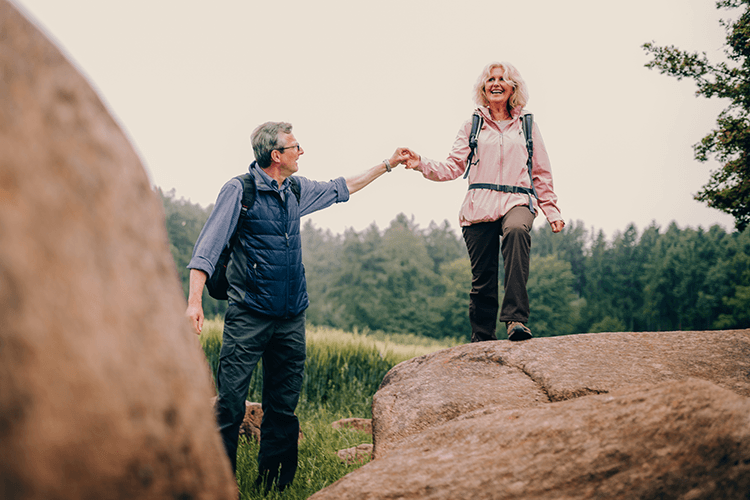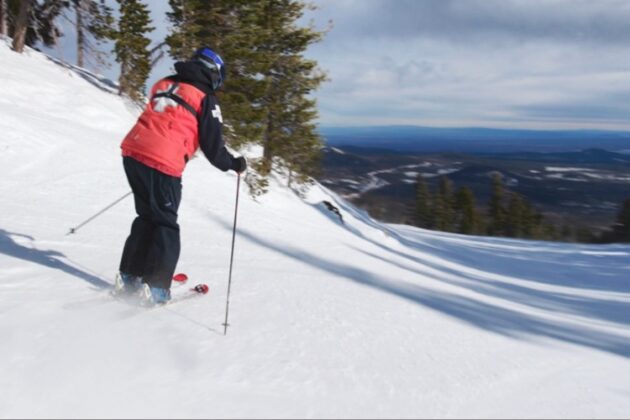
Each May, the nation celebrates National Senior Health & Fitness Day, when over 100,000 older adults will participate in local health and wellness events at more than 1,000 locations across the country. The goal of National Senior Health & Fitness Day is simple; to help promote the importance of physical activities for seniors.
Most Americans rank living independently and remaining active as the top factors in maintaining a good quality of life as they age. As adults continue to age, they start to lose muscle, bone mass, and develop problems in muscles, joints, and bones and may struggle with conditions such as osteoarthritis or osteoporosis. Regular exercise has a long list of benefits, including slowed loss of muscle mass, stronger bones, reduced joint and muscle pain, improved balance and mobility, and cardiovascular benefits. It is important to get active, so you can stay active – it’s never too late to start incorporating more physical activity into your routine.
Here are eight tips to help you stay active as you age:
- Lengthy, strenuous activity is not necessary to improve or maintain your health. Even just 30 minutes of moderate physical activity will provide you with health benefits. Even low-intensity activity is better than nothing! Examples might include going for a brisk walk, doing yardwork, going for an easy bike ride, washing the car, or walking on the golf course instead of riding in the cart.
- Choose physical activities that you enjoy doing so it will be easier to incorporate them into your daily routine.
- If you suffer from a condition such as arthritis that causes you pain, it’s okay to take a break from strenuous exercise during times of acute pain. However, prolonged rest and inactivity will only delay your recovery. Any form of physical activity will strengthen your joints and the surrounding muscles, helping to relieve stiffness and reduce pain. If one form of exercise causes you pain, try another exercise that focuses on different muscle groups. You might consider swimming or walking in a pool until your pain is low enough to go back to firm surfaces.
- If regular physical activity is new to you, start with short but frequent exercise sessions. Gradually increase your activity as your body feels ready. If you experience severe pain or swelling that does not go away, stop exercising and call your doctor.
- Experts recommend at least 30 minutes of moderate physical activity daily or most days of the week – whatever you are able to incorporate into your routine. If 30 minutes at a time is too much for you, break up the 30 minutes into shorter periods throughout the day.
- Do different activities on different days to keep things fun and interesting. Cleaning the house, gardening, golfing, or playing with your grandchildren all count as physical activities.
- Find a partner to help keep you motivated. Whether it’s a spouse, a child, or a friend, your partner can help you stick to your plan and have fun.
- As you incorporate more physical activity into your routine, be careful to watch out for dehydration. Older adults are more prone to dehydration, so make sure you are drinking plenty of fluids, even if you don’t feel thirsty.
If you have any questions or concerns about incorporating more activity into your life, don’t hesitate to schedule an appointment with your medical provider. A physical therapist or orthopedic surgeon can recommend specific exercise programs based on your medical history, conditions, and medications.





